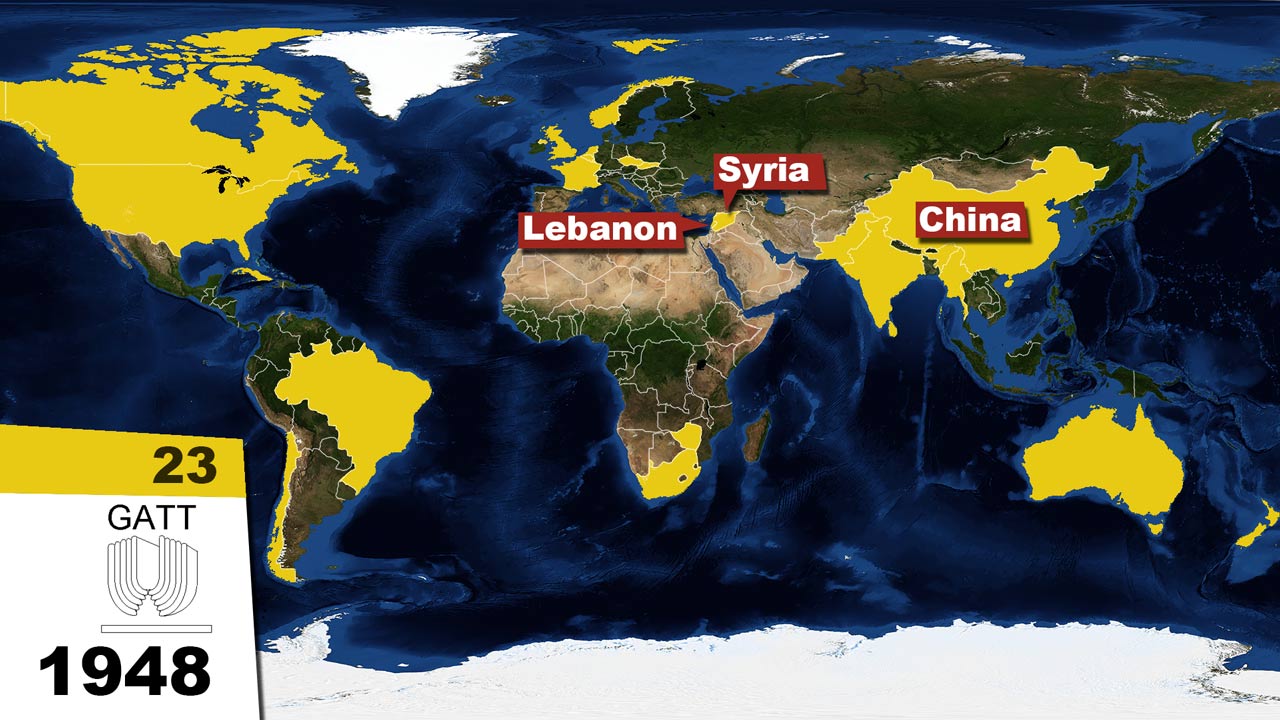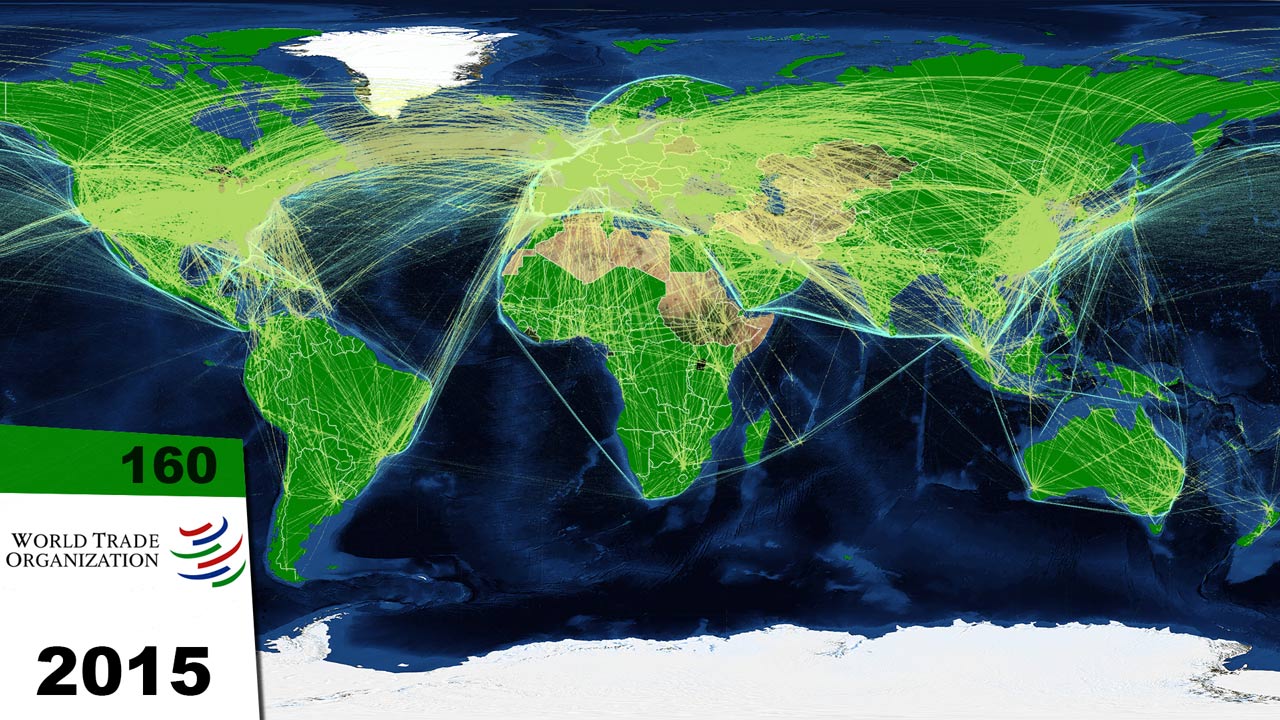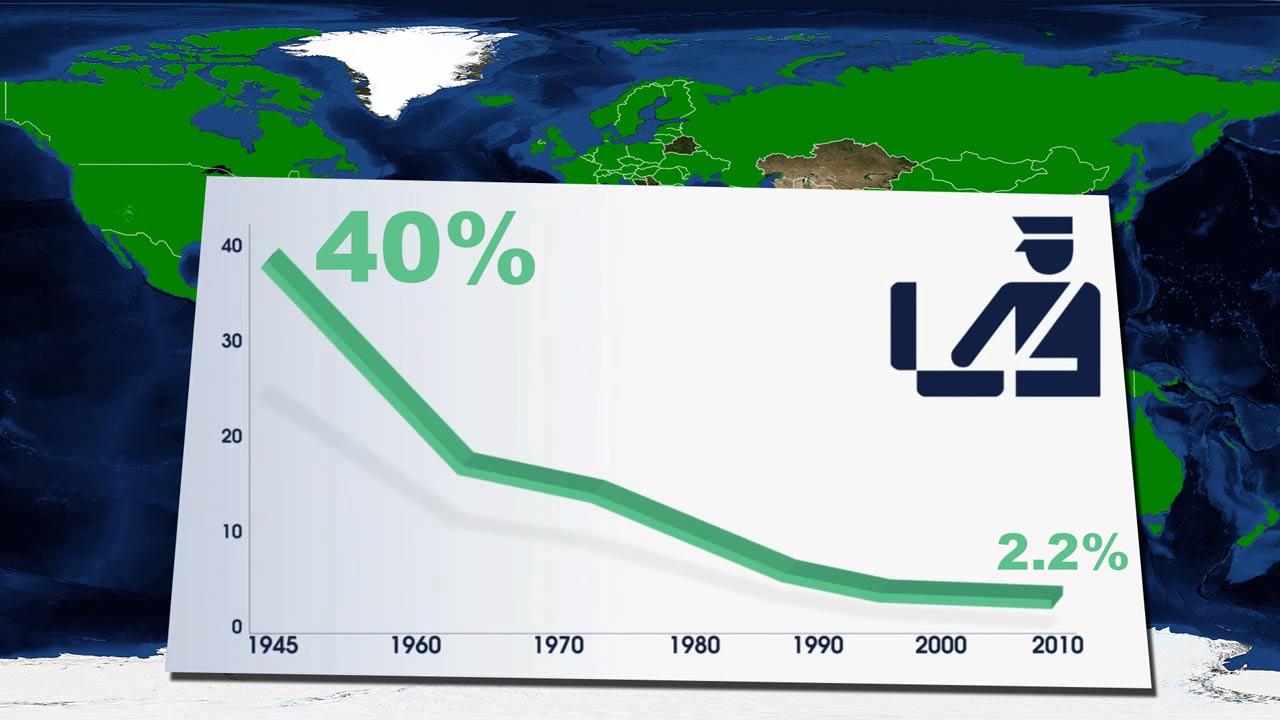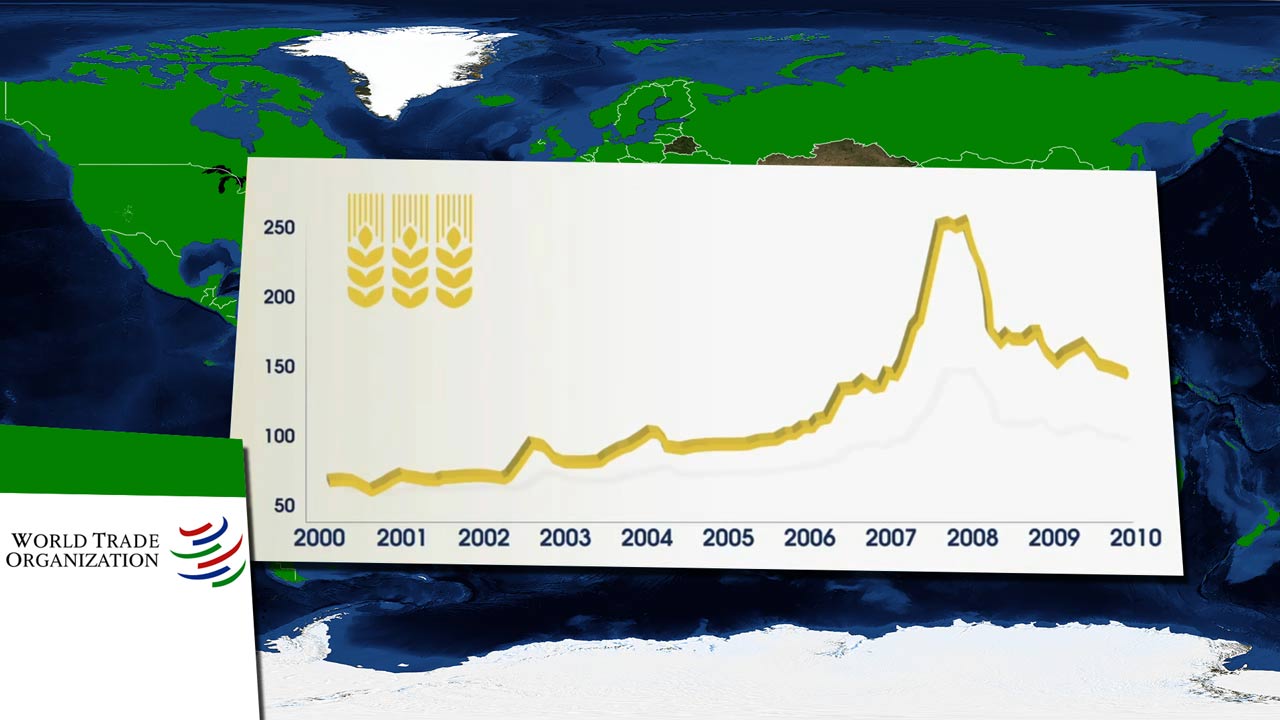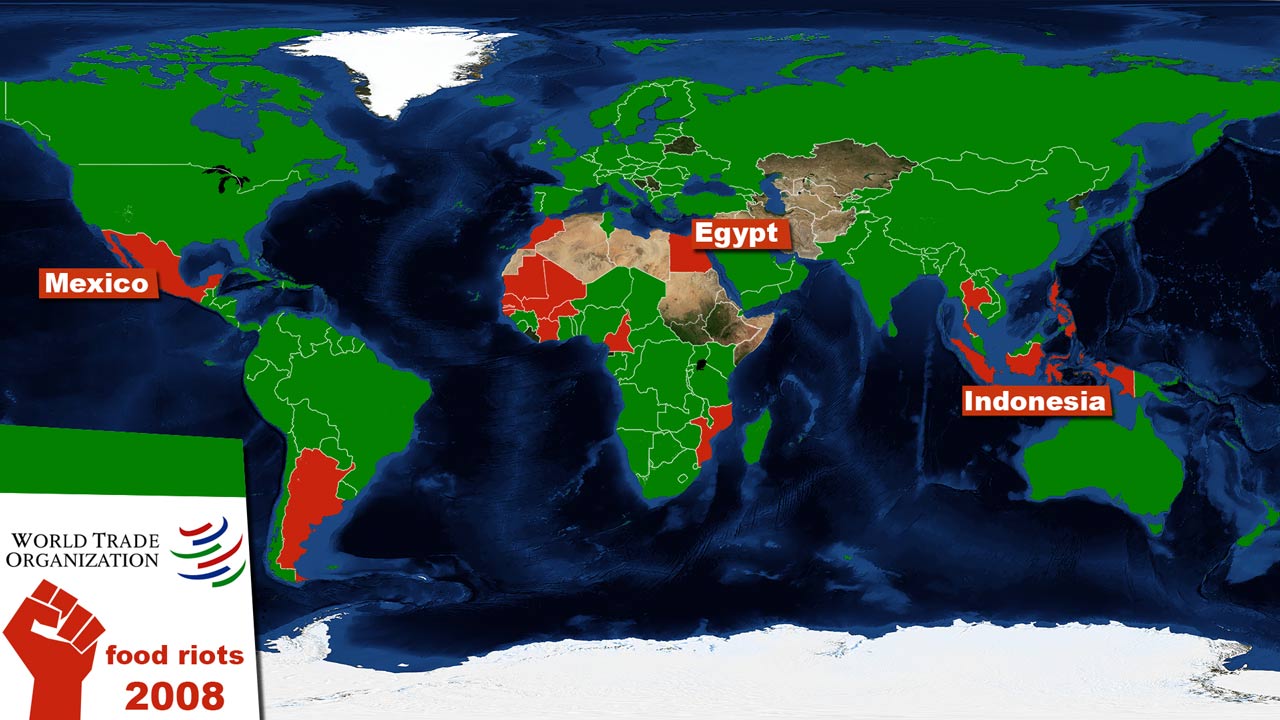The member states of the WTO are responsible for more than 95% of world trade. How does the World Trade Organization work?
The Member States of the WTO (2015)
Firstly we mark the member states of the World Trade Organization, altogether are there 160 member states. Its headquarters is in Geneva (Switzerland).
The main purpose of the World Trade Organization is to regulate and liberalize world trade. The WTO very is important since more than 95% of the world trade is processed between member states.
Foundation of the World Trade Organization
The idea to establish an organization, which regulates the international trade, arose after the Second World War, just like the idea to found the United Nations (UN), the International Monetary Fund (IMF) and the World Bank. The idea based on the free trade theories of Adam Smith and David Ricardo, but was also boosted by the Great Depression in the 1930s, because the return to economic protectionism was considered as a reason for the Second World War. Therefore thought one, that economic agreements could protect peace between the countries.
In the year 1947 were the international trade relations regulated by the General Agreement on Tariffs and Trade (GATT). 23 countries signed this agreement in 1948, but three of them didn’t ratify it.
To the GATT belonged 128 countries in 1994 and was at the beginning of 1995 replaced by the World Trade Organization. Today are 160 countries member states of the WTO and 24 governments have observer status.
Increase of world trade
Since 1950 increased the world trade volume twentyfold. Here can you see all trade routes inclusive sea, air, and internet.
Most of them are between the industry nations, but the trade with countries in Asia increases fast because they export many products to North America and Europe.
How does the World Trade Organization (WTO) work?
Every member of the WTO has to comply with the “most favoured nation” (MFN) principle. That means when one member state grants for example trade benefits to another member state, it has to grant the same trade benefits to every other nation in the organization.
But there is an exception to the “most favoured nation” principle: free trade zones. Here can you see the four most important free trade zones:
- To the North American Free Trade Agreement (NAFTA) belongs Mexico, Canada, and the United States.
- To the Mercado Común del Sur (Mercosur) belong five South American countries, plus five additional associated nations.
- The European Union (EU), which has nearly no customs barriers.
- And the Association of Southeast Asian Nations (ASEAN), which has ten member states.
Reason for this exception is the idea, that regional integration is the first step to global integration.
Dispute Settlement Body (DSB)
The Budget of the World Trade Organization is also used for the so called Dispute Settlement Body (DSB), which handles trade disputes.
Such a dispute existed for example between the Unites States and the European Union. The European Union complained about the U.S. subsidies for the aircraft company Boeing. In January 2011 declared the World Trade Organization those subsidies illegal and allowed the EU to react with reasonable trade sanctions.
Dispute about agricultural subsidies
Another problem area in the WTO is agriculture, one of the last economic sectors which isn’t completely liberalized. Here can you see the development of the grain prices.
They are related to the increasing demand for animal food, to price speculations, but also to conflicts and changes in weather. Because of those factors increased the grain prices and that resulted in food riots in many member states of the World Trade Organization in the year 2008. Within them: Mexico, Egypt and Indonesia.
Agriculture is still an important topic in the WTO, especially because of the differences between the north and south countries. The emerging markets in the south make the majority in the World Trade Organization, but they suffer under the industry nations, which support their agriculture with subsidies.
Because of this tried the WTO to establish a new basis of trust with the so-called “Doha Development Round”, but, unfortunately, couldn’t they make any agreements until today.

